Resultant Of Two Vectors Sum
The law states that If two vectors acting simultaneously at a point are represented in magnitude and direction by the two sides of a parallelogram drawn from a point their resultant is given in magnitude and direction by the diagonal of the parallelogram passing through that point. How do we use the components of two vectors to find the resultant vector by adding the two vectors.

How To Show That The Resultant Of Two Equal Vectors Bisects The Angle Between The Vectors Quora
ADraw a diagram showing the forces acting on the object.

Resultant of two vectors sum. If two vectors have the same direction the sum of their magnitudes in the same direction is equal to the sum of their directions. The sum or resultant of the two vectors is represented in both size and direction by the. The sum of the magnitudes of two vectors is 18.
If the resultant is perpendicular to one of the vectors then find the magnitudes of the two vectors. The parallelogram method to calculate resultant vector. Starting where this arrow finishes draw an arrow that represents the second vector in size and direction.
The head to tail method to calculate a resultant which involves lining up the head of the one vector with the tail of the other. BDraw a sketch showing the vector sum of two forces. The resultant is the vector sum of two or more vectors.
U v u v u 1 v 1 u 2 v 2 The sum of two or more vectors is called the resultant. The resultant vector is the vector that results from adding two or more vectors together. CFind the magnitude of the resultant force.
The resultant of two vectors can be found using either the parallelogram method or. Vectors can be added subtracted and multiplied. These figures were obtained by scale drawing.
According to Newtons law of motion the net force acting on an object is calculated by the vector sum of individual forces acting on it. Learn how to addsubtract vectors. Thus when the two vectors are in the same direction the magnitude of the resultant is the sum of the magnitudes of the two vectors.
ColorredvecOA and vecOB We will also be using these vectors in our example later. But any two vectors can be added as long as they are the same vector quantity. Vector quantities are added to determine the resultant direction and magnitude of a quantity.
If displacement vectors A B and C are added together the result will be vector R. Two forces 300 N at 0 degrees and 400 N at 90 degrees pull on an object. As shown in the diagram vector R can be determined by the use of an accurately drawn scaled vector.
The direction of the resultant is the same as the two vectors. There are a two different ways to calculate the resultant vector. Methods for calculating a Resultant Vector.
VecOA hatu2 hat i5 hat j In component form. 13 - Adding Two Vectors Graphically in Physics Vector Sum Resultant Vectors Watch later. In the example given the size of the resultant force is 36 N and the direction is at an angle of 34 to the 3 N force.
The resultant of vectors A and B using graphical method. It is the result of adding two or more vectors together. In the addition of vectors we are adding two or more vectors using the addition operation in order to obtain a new vector that is equal to the sum of the two or more vectorsTwo vectorsvec a and vec b can be added together using vector addition and the resultant vector.
The result is in conformity with that in figure 324 shown on the question shown above. Answer the following Use the tail-tip method. To add or subtract two or more vectors we simply add each of the corresp.
The Sum of Two Vectors Draw an arrow that represents one of the vectors in both size and direction. The resultant is the vector sum of two or more vectors. Two vectors are shown below.
The rules of vector addition are elementary. 13 - Adding Two Vectors Graphically in Physics Vector Sum Resultant Vectors - YouTube. The resultant is shown in red in the figure below.
The sum or resultant of the two vectors is represented in both size and direction by the single arrow drawn from the start of the first arrow to the finish of the second arrow. The magnitude of their resultant is 12. If the two vectors are in opposite directions the resultant of the vectors is the magnitude difference between the two vectors and is in the direction of the larger vector.
When the two vectors are in the opposite direction then . If resultant of two unequal vectors is equal to sum of their magnitudes then find out the angle between the vectors. The net force is the resultant of the addition of all force vectors.
If displacement vectors A and B are added together the result will be vector R which is the resultant vector. A Vector is defined as a quantity with both magnitude and direction. The resultant is drawn from the tail of the first vectors the origin to the head of the last vector.

How To Find The Resultant Of Two Vectors Youtube

Resultant Vector How To Calculate A Resultant Using The Parallelogram Method And The Head To Tail Method A Resultant Is Simply

Find The Magnitude And Direction Of The Resultant Of Two Vectors A And B In The Terms Of Their M Youtube

Question Video Measuring The Magnitude Of A Resultant Vector Nagwa

Lesson 1 Vector Addition Numerical
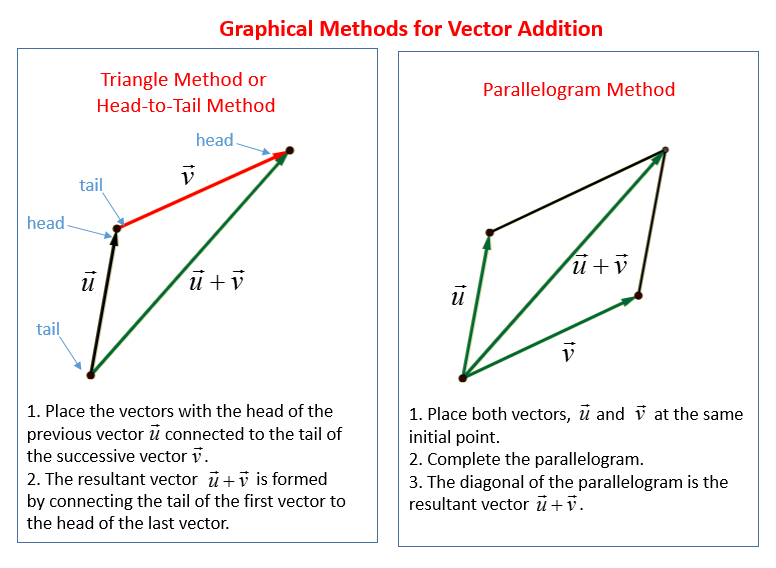
Add Vectors Examples Solutions Videos Worksheets Games Activities

13 Adding Two Vectors Graphically In Physics Vector Sum Resultant Vectors Youtube

Adding And Subtracting Vectors

Two Vectors Having Equal Magnitude Of 5 Units Have An Angle Of 60 Between Them Youtube
What Is The Angle Between Two Vectors Of Equal Magnitude When The Magnitude Of Their Sum Is The Same As The Magnitude Of Each Vector Quora

Vector Application Find Magnitude And Angle Of The Resultant Force Youtube
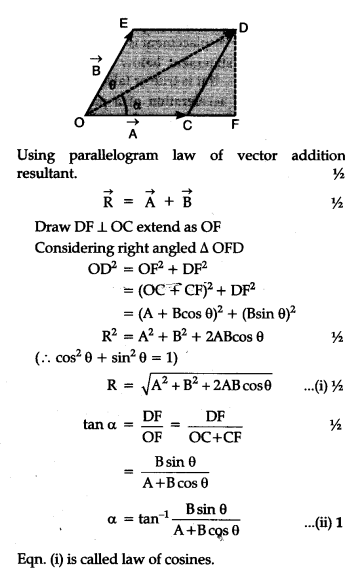
Find Resultant Vector Of The Summation Of Two Vectors A And B Having D Between Them Cbse Class 11 Physics Learn Cbse Forum

Question Video Finding The Resultant Of Two Vectors Using The Parallelogram Method Nagwa
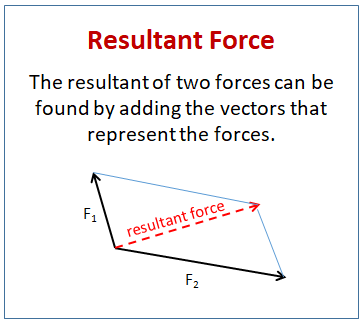
The Resultant Of Two Forces Solutions Examples Videos Worksheets Games Activities
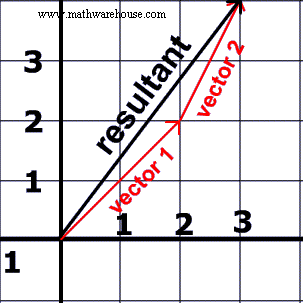
Resultant Vector How To Calculate A Resultant Using The Parallelogram Method And The Head To Tail Method A Resultant Is Simply



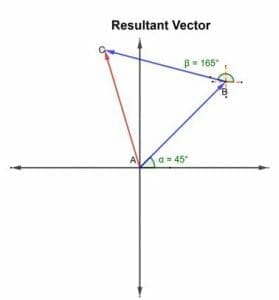
Post a Comment for "Resultant Of Two Vectors Sum"